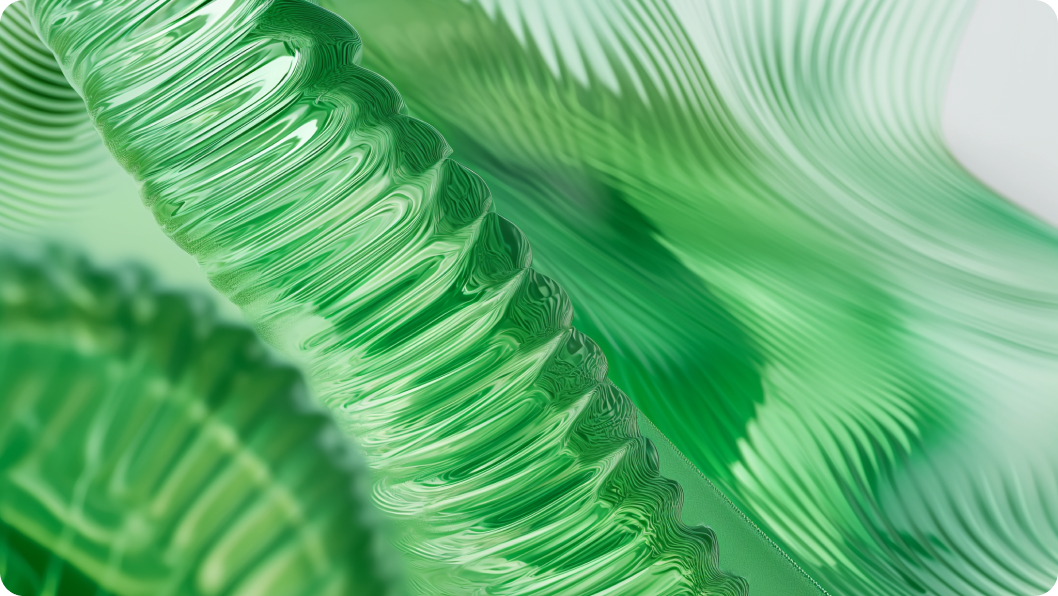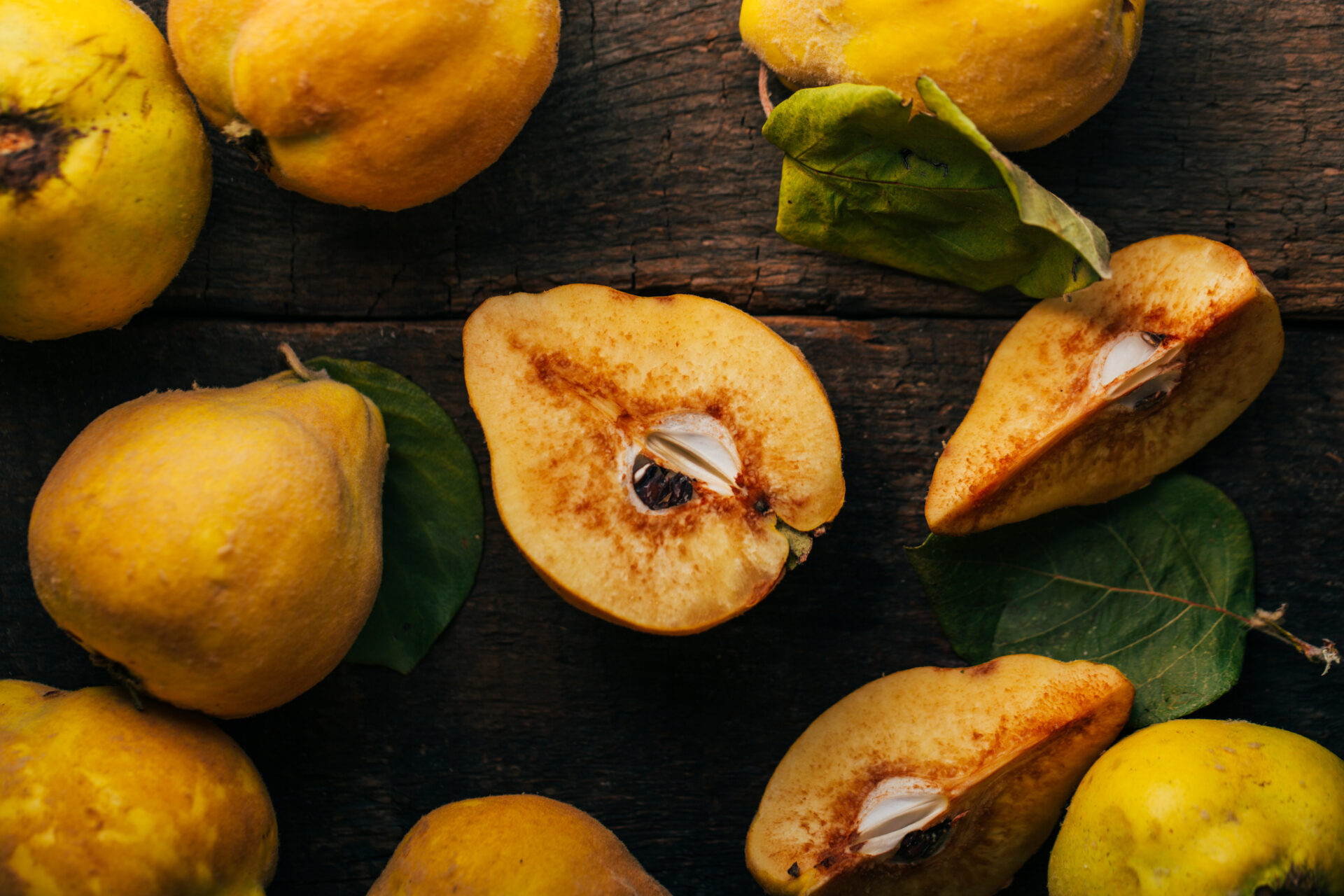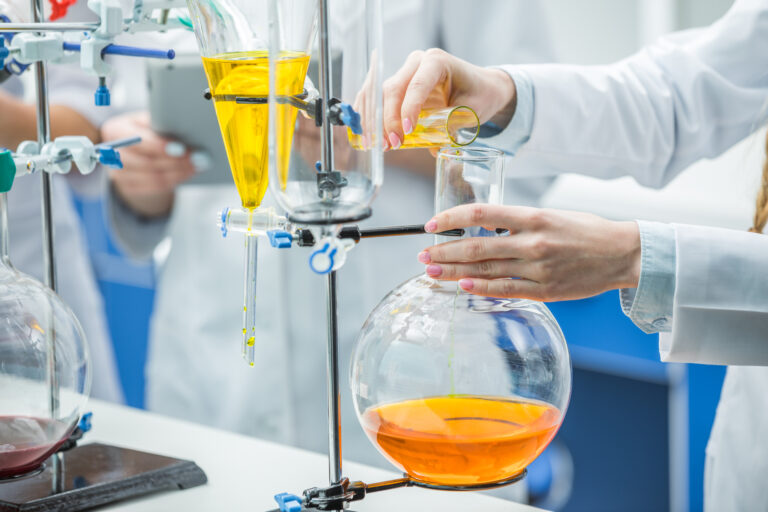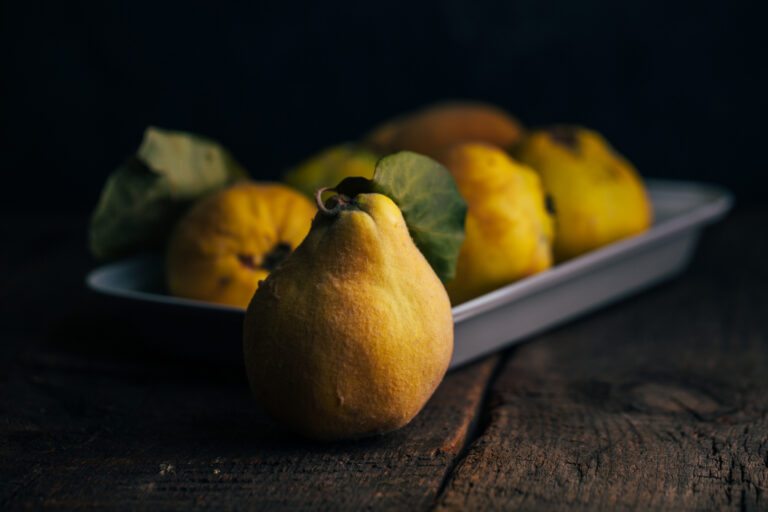Impact of different drying methods on the physicochemical and bioactive properties of quince fruit (Cydonia oblonga Mill.).
Quince (Cydonia oblonga Mill.), due to its valuable bioactive properties and high health potential, is becoming increasingly popular in preventing many diseases caused by free radicals. Due to the high hardness of the pulp and its bitter and astringent taste, quinces are rarely consumed as fresh fruits; they are much more commonly found in the form of various processed products or as dried additives, for example, for tea. Thermal processing (including drying) affects not only the content of bioactive compounds but also the antioxidant activity and organoleptic characteristics. Therefore, in this study, the physicochemical properties of quinces (including dry matter content, soluble solids content (°Brix), water activity (aw), pH, total acidity, and color changes (in the Lab* space)) were examined, both fresh and dried by various methods, i.e., lyophilization and convection at temperatures of 50°C and 70°C.
Considering the excellent taste and bioactive properties of common quince, introducing it into the daily diet, whether in traditional forms (dried fruits, fruit preserves) or as dietary supplements, can be an important element in preventing many lifestyle-related diseases.

Quince:
Quince (Cydonia oblonga Mill.) is one of the oldest fruit species in the world. It originates from Southeast Asia but is found on many continents, including Europe, especially in Southern Europe. Quince (Cydonia oblonga Mill.) belongs to the class of dicotyledons, in the rose family. It received its generic name from the Romans, who, upon discovering the tree in the Cretan city of Kydonia, named it malum cydonium, meaning apple from Kydonia. In Polish climatic conditions, quince reaches an average height of 3 m. In Polish conditions, the fruits ripen relatively late, typically in late September or even at the end of October.

Research material:
The research material consisted of ripe common quince fruits from an organic farm located in the Świętokrzyskie Voivodeship, harvested in autumn 2021. Fresh fruits were stored in a refrigerator at a temperature of 10°C and a relative humidity of 85% for 24 hours. A total of 20 fruits with similar weights (average 215.0 ± 15.11 g) were selected for the study. They were washed, dried, sliced into thin slices with a thickness of 3–4 mm, and divided into 4 parts: one part was intended for evaluating the bioactive and physicochemical properties of fresh fruits, while the remaining 3 parts were subjected to drying, namely lyophilization and convective drying at 70°C and 50°C.
Selected research methods:
Dry Matter Content
- The dry matter content in quince samples was determined by the gravimetric method, following the AOAC method (2000). Vessels were weighed and cooled, then 5.0 g (with an accuracy of 0.0001 g) of samples were weighed on an analytical balance (AS 220/X, Radwag, Radom, Poland). The samples were dried in a laboratory dryer (SUP 200 W, Wamed, Warsaw, Poland) for 72 hours at 105 °C. The dry matter content was calculated based on weight differences, and the result was expressed as a percentage (%).
Water Activity (aw)
- Water activity (aw) was measured using a portable water activity meter with temperature stabilization, the AquaLab water activity meter (Decagon Devices, Inc., Pullman, WA, USA).
pH
- pH measurement in the tested samples was conducted using the potentiometric method, using a laboratory pH probe (Elmetron CP-511, Elmetron G.P., Zabrze, Poland), at room temperature (20 °C).

Study Results:
The dry matter content in fresh fruits was approximately 19%, while in dried fruits it ranged between 87% and 99% (respectively for the convection and freeze-drying methods). The observed trends confirm the results of studies by other authors regarding the comparison of the quality of fruits and fruit powders dried by different methods. The highest water activity was found in fresh fruits, and it was over four times lower (due to product dehydration) in dried fruits. The average water activity in dried fruits was 0.2039 ± 0.06, with different drying methods significantly (p < 0.05) affecting the aw of these products. The lowest aw was found in freeze-dried fruits, while it was higher in fruits dried by convection, where drying at higher temperatures resulted in lower aw values. Water activity in the product is a crucial characteristic for biological processes and microbial growth. It is generally accepted that microorganisms such as bacteria, yeasts, and molds cannot develop in food with aw lower than 0.6, and such food can be considered microbiologically safe, while providing increased shelf life.
Similar Articles

Learn more about our ongoing projects and the range of services we offer.
Get in touch with us


 Read the article
Read the article
 Read the article
Read the article
 Read the article
Read the article